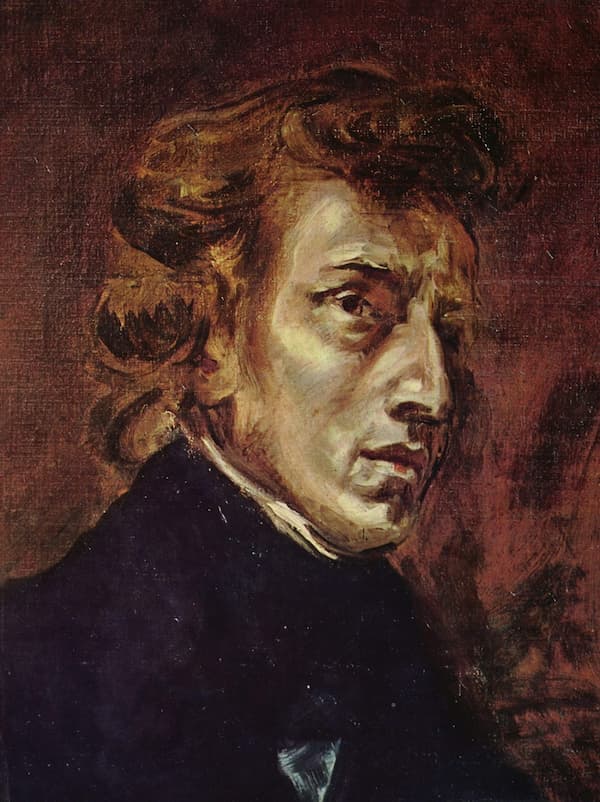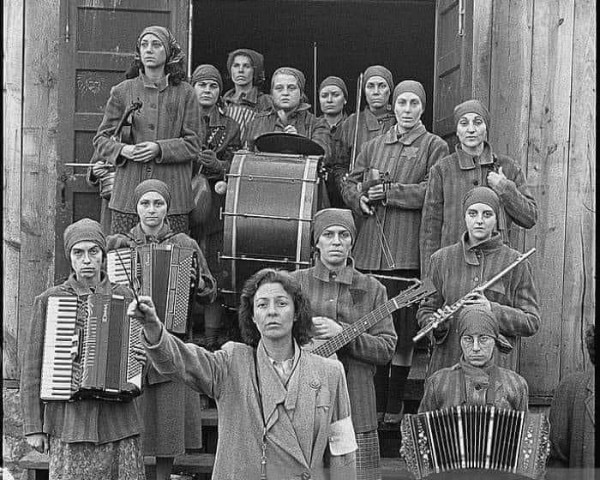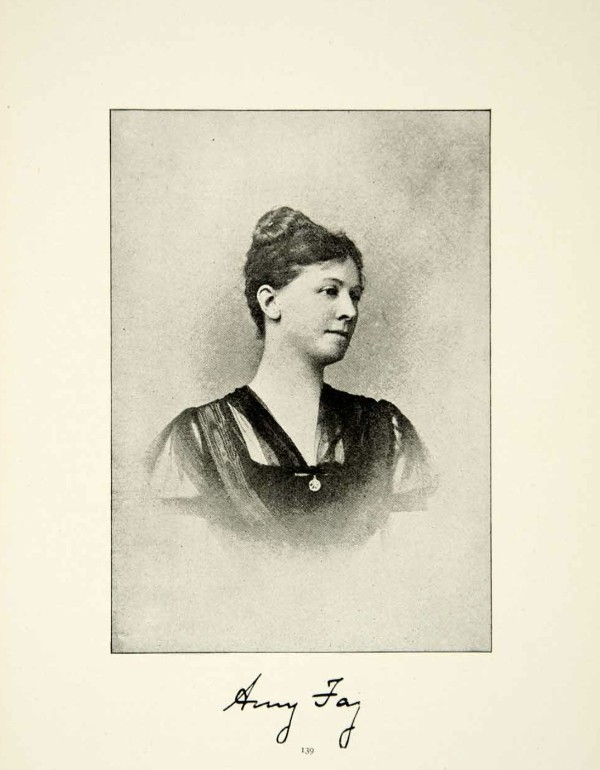Frédéric Chopin is possibly the most beloved composer of the Romantic era.
He also, despite his shy and somewhat aloof nature, had many friends in the musical world, and he often dedicated his compositions to them.
These dedications offer a valuable glimpse into Chopin’s private life, as well as the artists and aristocrats who helped to shape his career.
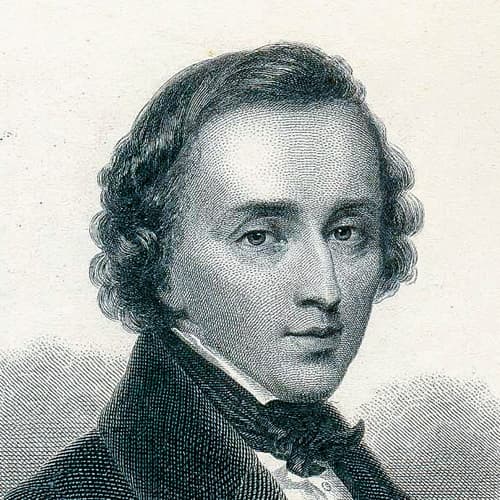
Frédéric Chopin
Variations on ‘Là ci darem la mano’, Op.2 (1827)
Dedicated to Tytus Woyciechowski
Chopin’s emotionally charged relationship with Tytus Woyciechowski was one of the most meaningful ones of his life.
Woyciechowski was born a year before Chopin in present-day Lviv, Ukraine. When he was fourteen, he moved to Warsaw to study at the Warsaw Lyceum, where Chopin’s father was a teacher.
Chopin’s family took in students as boarders, and in 1823, Woyciechowski joined the household. He and Frédéric bonded by playing four-hand piano.
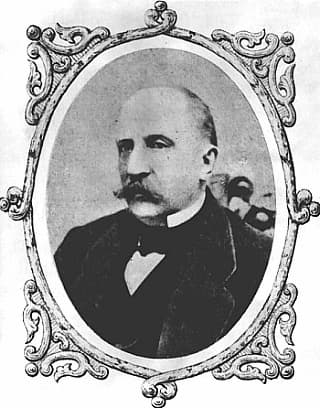
Tytus Woyciechowski
After Woyciechowski graduated, he moved to the family estate, nowadays a two-hour drive east of Warsaw. They continued their friendship by letter.
In 1827, the year he turned seventeen, Chopin wrote his first work for piano and orchestra: a set of variations on the duet “Là ci darem la mano” (“There we will give each other our hands”) from Mozart’s opera Don Giovanni.
He dedicated the work to Woyciechowski. When they met next, Woyciechowski wrote, “I accept with pleasure” on the page.
They continued their relationship largely by correspondence. Many historians have noticed erotic undertones to those letters, at least from Chopin’s side. Unfortunately, Woyciechowski’s side of the correspondence has been lost.
Whatever happened, their relationship remained meaningful for the rest of their lives. Chopin still wanted to see him years later, even weeks before the end of his life, and Woyciechowski named one of his sons Frédéric after his old friend.
Piano Sonata No. 1 (1828)
Dedicated to Józef Elsner
Józef Elsner was Chopin’s music professor during his teenage years and a hugely important early influence.
In 1821, Elsner helped to found the Warsaw Conservatory. Chopin began studying composition with him a few years later.
Elsner quickly recognised Chopin’s specific gifts, as well as his tendency to think creatively and wander off the beaten path.
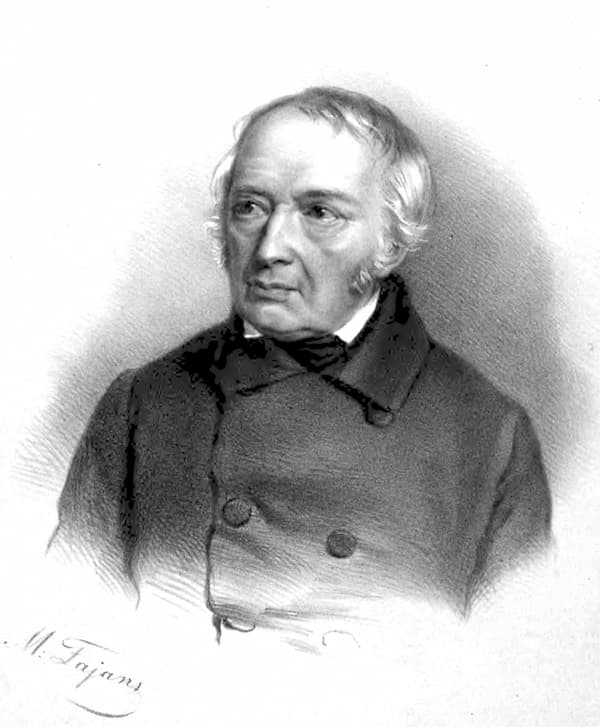
Józef Elsner
Elsner summed up his pupil with the following note: “Fryderyk Chopin, third year student; special ability, musical genius.”
Chopin showed his appreciation for his beloved teacher by dedicating his first piano sonata to him. He composed it the year he turned eighteen.
Piano Concerto No. 2 (1829-1830)
Dedicated to Delphine Potocka
Delfina Potocka was born in 1807, a few years before Chopin, in present-day Ukraine. In 1825, the year she turned eighteen, she married Count Mieczysław Potocki.
However, the marriage was unhappy, and after having two daughters together, the couple split.
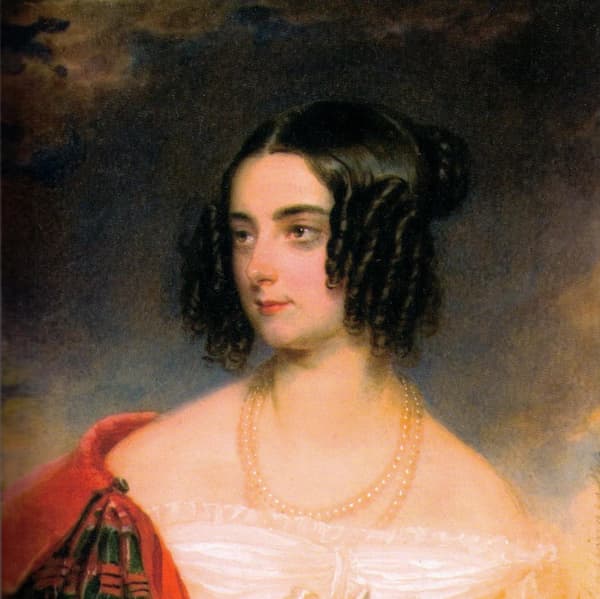
Delphine Potocka
The countess moved to Paris and began studying piano with Chopin. The lessons that she and fellow aristocratic women paid for helped to fund Chopin’s day-to-day life so that he could pursue composition.
Toward the end of Chopin’s life, he requested that she sing for him on his deathbed, which she did. He died two days later.
The first edition of his second piano concerto was published in 1836. Chopin commemorated his friendship with the countess by dedicating the work to her.
Études, Op. 10 (1829-1832)
Dedicated to Franz Liszt
Liszt and Chopin had a complex relationship.
Both were considered to be among the greatest pianists of their generation, but they were also very different artists. Liszt was an extroverted performer, whereas Chopin preferred the intimacy of drawing rooms and only gave thirty public performances over the course of his life.
They met for the first time in 1832 in Paris, at Chopin’s debut in the city. The two soon became friends and began spending time together.
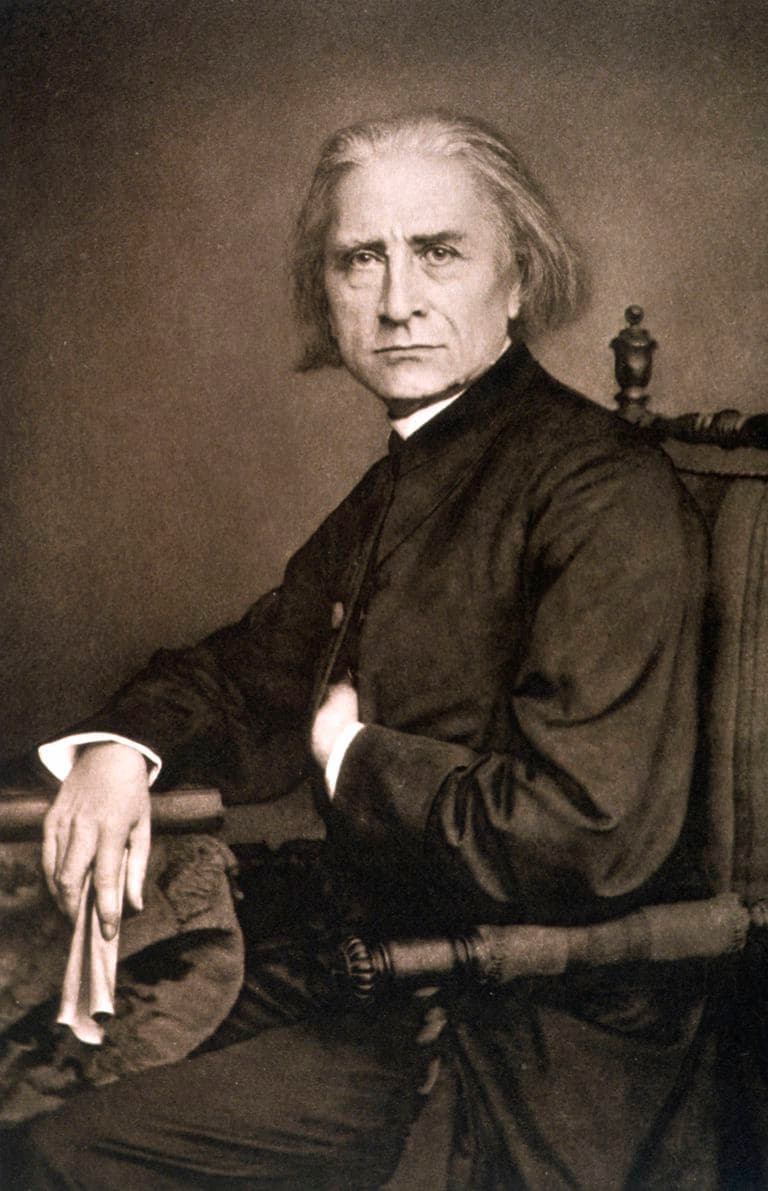
Franz Liszt in 1870
In 1833, Chopin wrote to a friend, “I hardly even know what my pen is scribbling, since at the moment Liszt is playing one of my etudes and distracting my attention from my respectable thoughts. I would love myself to acquire from him the manner in which he plays my [etudes].”
The two eventually drifted apart somewhat. (Supposedly, Liszt reportedly used Chopin’s apartment to hook up with virtuoso pianist Marie Pleyel, which scandalised Chopin.)
That said, Liszt was devastated when Chopin died in 1849 at the age of thirty-nine. He wrote an entire book about Chopin’s life and works and published it in 1852:
Deeply regretted as he may be by the whole body of artists, lamented by all who have ever known him, we must still be permitted to doubt if the time has even yet arrived in which he, whose loss is so peculiarly deplored by ourselves, can be appreciated in accordance with his just value, or occupy that high rank which in all probability will be assigned him in the future.
Ballade No.4 (1842)
Dedicated to Charlotte de Rothschild
Charlotte de Rothschild was born in Paris in 1825, making her fifteen years younger than Chopin.
She was born into the incredibly wealthy and influential Rothschild family. They were not only internationally renowned bankers but pillars of French – and indeed, European – culture, famous for supporting the great artists and musicians of the day.
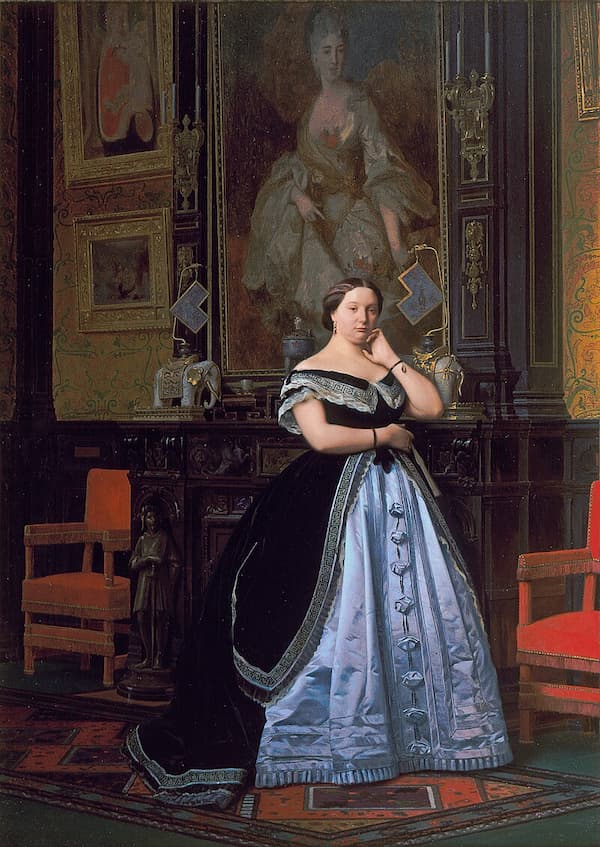
Charlotte de Rothschild
In 1841, when Charlotte was sixteen, she began studying piano with Chopin.
She was married the following year to her thirty-year-old cousin Nathaniel, helping to cement the family’s wealth, power, and cultural influence. She had her first baby in 1843. The couple would go on to have four children.
Perhaps as a wedding present, or just a gift generally to acknowledge the Rothschilds’ importance, Chopin dedicated his fourth Ballade to the teenage Charlotte.
Piano Sonata No. 3 (1844)
Dedicated to Élise de Perthuis
Élise was born in 1800, ten years before Chopin, in Hanover, Germany. She married a count who became the first First Adjutant to King Louis-Philippe I.
This marriage granted her social and economic cachet in Paris, which is where she became acquainted with Chopin.
She ran a celebrated salon and helped to bridge cultural differences between German and French musicians, artists, and writers.
When famed virtuoso Ignaz Moscheles came to Paris in 1839, Élise de Perthuis arranged for Moscheles and Chopin to perform for the royal family.
Moscheles wrote in his diary about the joint appearance:
At 9 o’clock, Chopin and I, picked up by P. and his lovely wife, drove out in the heaviest of downpours.
In gratitude for her friendship and the many ways she had enriched his creative life, he dedicated his third piano sonata to Élise.
Cello Sonata (1846-1847)
Dedicated to Auguste Franchomme
Auguste Franchomme was born in Lille, France, two years before Chopin. He took up the cello and studied at the Paris Conservatoire, where he won a first prize just a year into his studies.
He made his career in Paris, so when Chopin moved to town, the two moved in the same circles and became close friends.
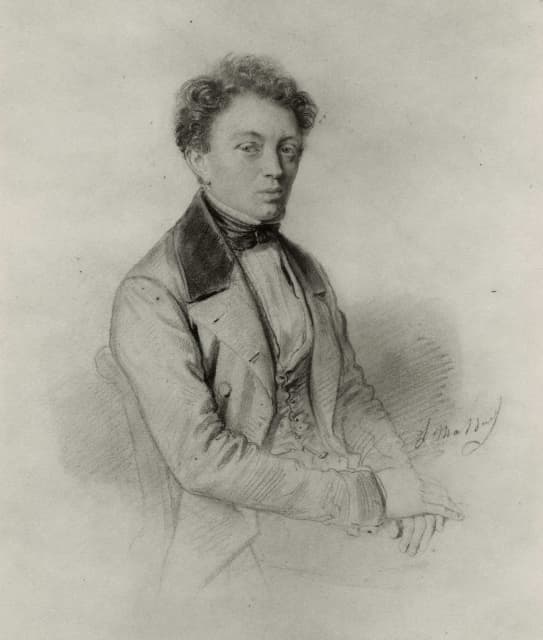
Auguste Franchomme
In 1833, they collaborated on the Grand Duo concertant on themes from Meyerbeer’s opera Robert le diable, with Chopin writing the piano part and Franchomme writing the cello part: a powerful tribute to their creative chemistry.
Chopin dedicated his one and only cello sonata to this dear friend and collaborator, with whom he remained close for the rest of his life.
For more of the best in classical music, sign up for our E-Newsletter

